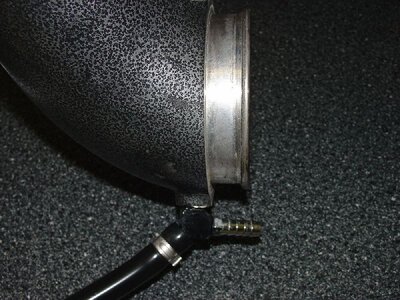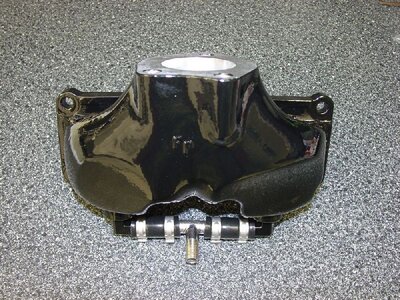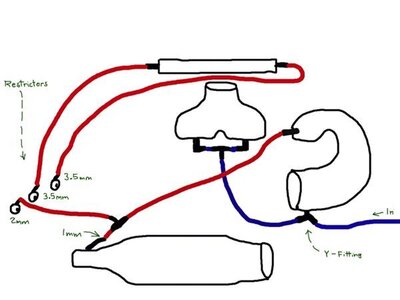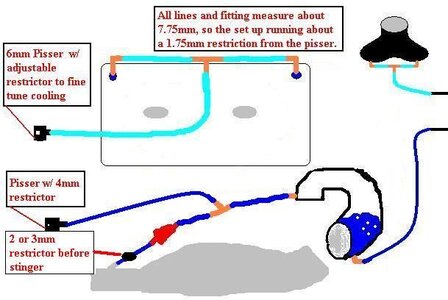F
Freestyleriverrat
Guest
SuperJETT said:One thing I noticed about Jetworks' reply, they mention "best rpm". I could care less about rpms.
Yeah I noticed that as well. I know how I am going to run my cooling now and I will just go from there on dialing it in. I think that is the main thing, just knowing how your particular setup works and what option you have while tuning. Like freestylegeek was saying he tried out a couple of different setups for his application and finally selected the one that worked best for his riding style.
I think this thread gives a nice overview of the different set ups as well as pros and con of each. They all work well to cool the motor it is just a personal preference on how you want it done.





